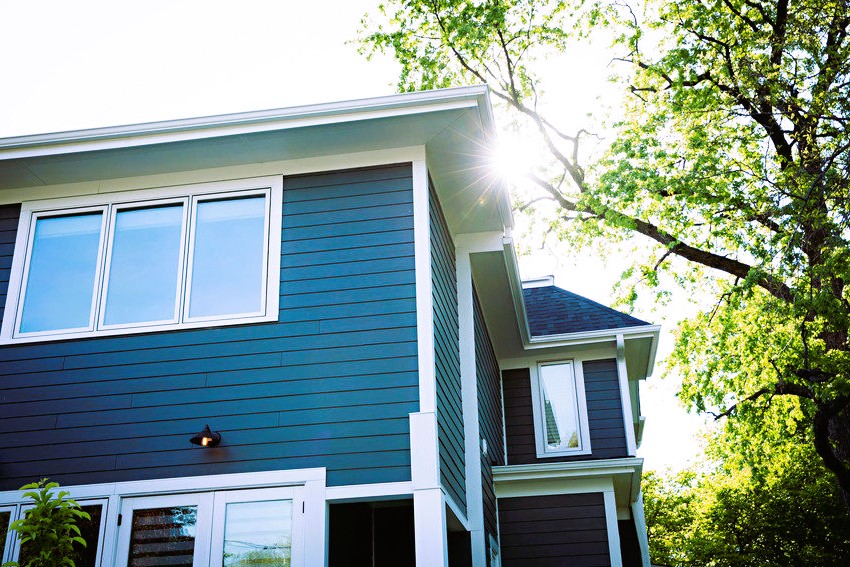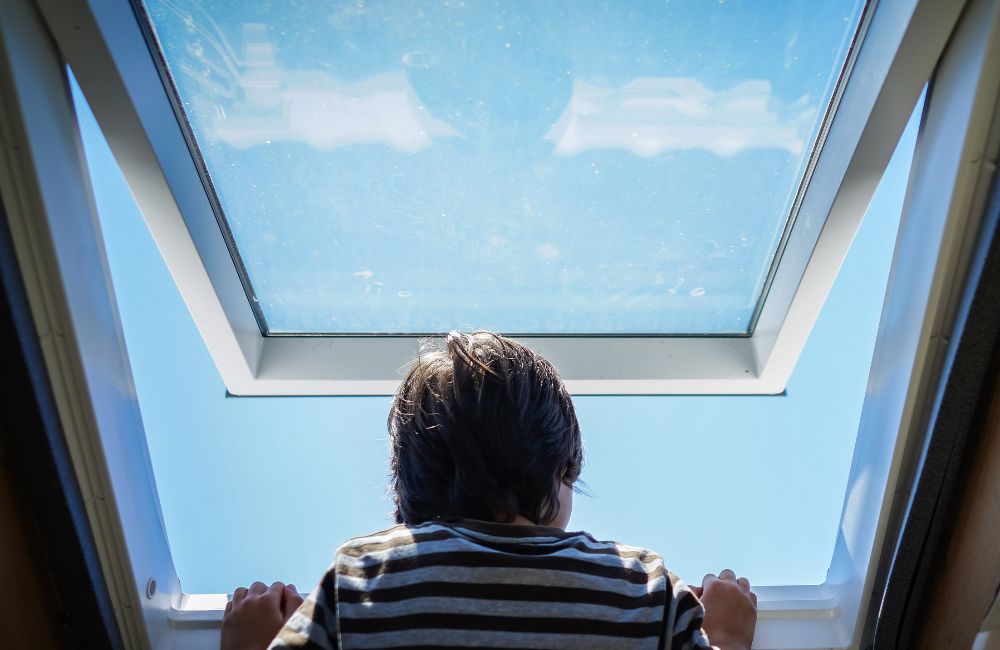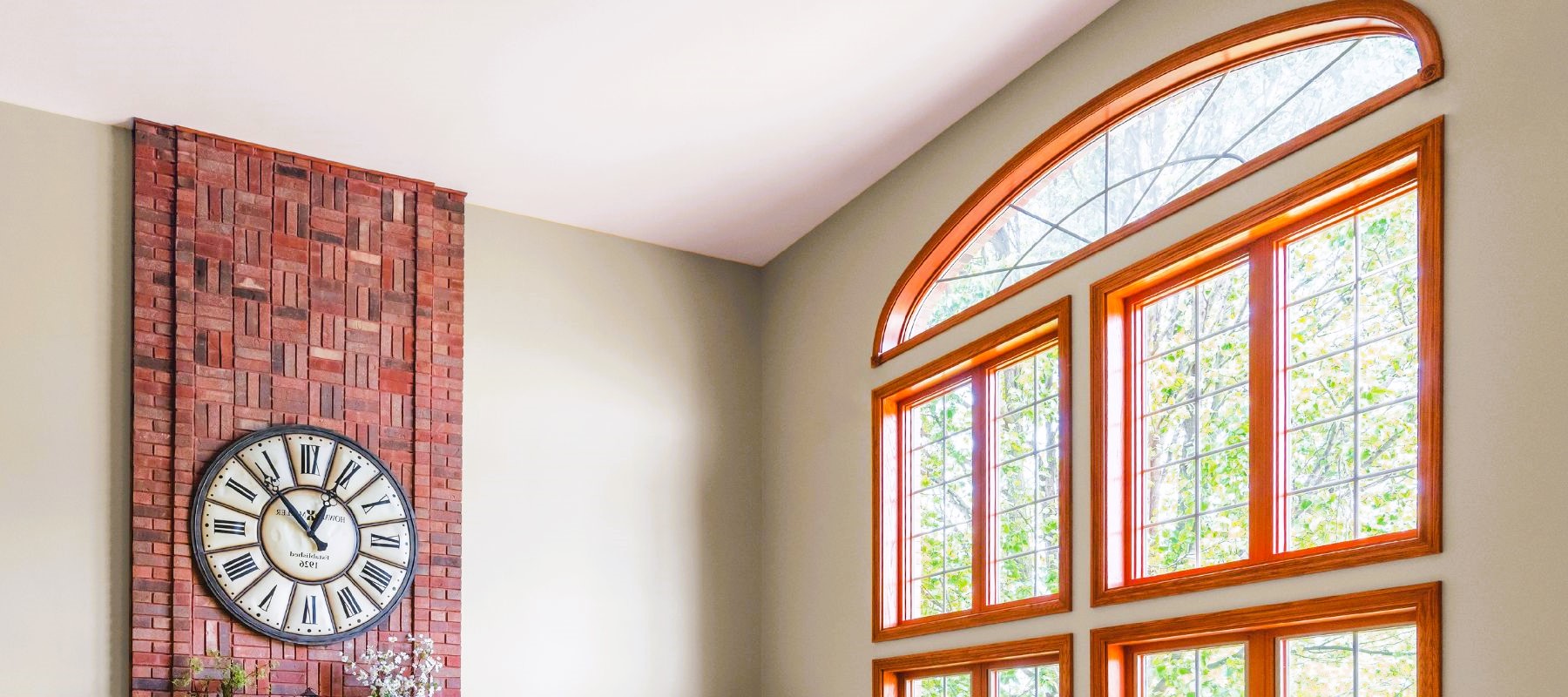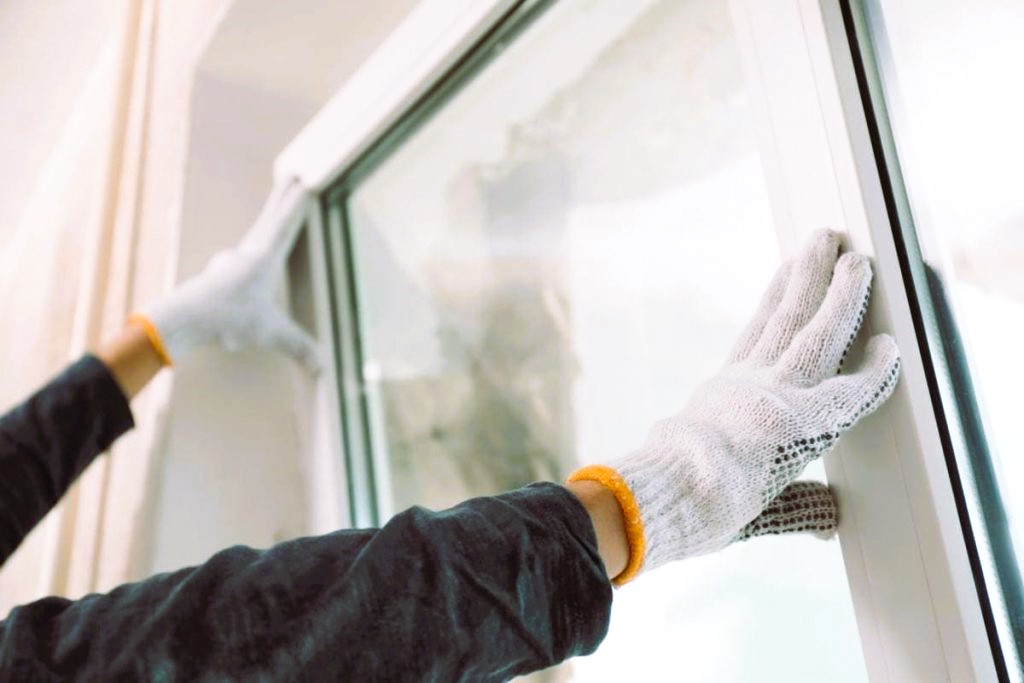When it comes to enhancing the energy efficiency of your home, the type of glass used in your windows plays a crucial role. Low-emissivity (Low-E) glass is a technologically advanced glazing option that has become increasingly popular in the construction and renovation of residential and commercial buildings. In this comprehensive guide, we will delve into what Low-E glass is, how it works, and the numerous benefits it brings to your windows and your overall living environment.
What Is Low-E Glass?
Low-E glass is specially coated glass that is designed to minimize the transfer of heat and UV rays through windows while allowing visible light to pass through. The term “low-emissivity” refers to the glass’s ability to emit low levels of radiant thermal energy. This technology was developed to address the energy inefficiency of standard clear glass windows.
How Does Low-E Glass Work?
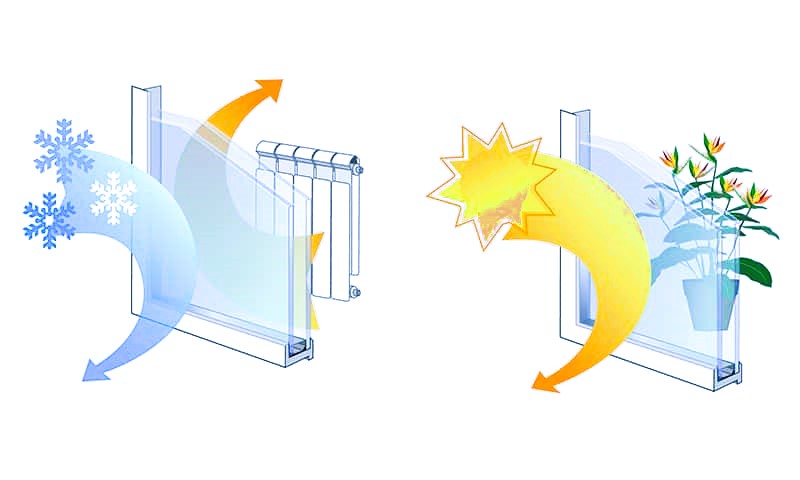
Low-E glass works by reflecting heat energy back to its source. It accomplishes this through a microscopically thin, virtually invisible metallic coating that is applied to the glass surface. This coating is typically made of multiple layers of metal oxides, such as tin and silver. The coating reflects infrared heat radiation from both the interior and exterior of your home, helping to maintain a stable indoor temperature.
The Benefits of Low-E Glass
1. Enhanced Energy Efficiency
One of the primary benefits of Low-E glass is its ability to improve the energy efficiency of your home. By reflecting heat back into your living spaces during the winter and blocking heat from the sun during the summer, Low-E glass helps regulate indoor temperatures. This can lead to reduced heating and cooling costs and a more comfortable home environment year-round.
2. UV Protection
Low-E glass also provides excellent UV protection by blocking a significant portion of harmful ultraviolet rays from entering your home. UV rays can cause fading and damage to furniture, flooring, artwork, and other interior furnishings. With Low-E glass, you can preserve the beauty and longevity of your belongings.
3. Comfort and Reduced Glare
The improved insulation properties of Low-E glass help maintain a consistent indoor temperature, reducing uncomfortable hot spots and cold drafts near windows. Additionally, it minimizes glare from direct sunlight, creating a more comfortable and visually pleasing interior environment. Adding style and privacy to your windows with decorative films, read more at this link.
4. Environmental Benefits
By reducing the need for excessive heating and cooling, Low-E glass helps lower your energy consumption, reducing your carbon footprint and contributing to a more sustainable living environment.
5. Increased Home Value
Energy-efficient features, including Low-E glass windows, can increase the overall value of your home. These features are highly sought after by homebuyers who are looking to save on energy costs and reduce their environmental impact.
Types of Low-E Glass

There are two main types of Low-E glass coatings:
1. Hard-Coat Low-E Glass (Pyrolytic)
Hard-coat Low-E glass is created by applying a metallic coating directly to the glass during the manufacturing process. This type of coating is durable and less susceptible to damage during handling and installation. Hard-coat Low-E glass is typically used in double-glazed windows.
2. Soft-Coat Low-E Glass (Sputter-Coat)
Soft-coat Low-E glass, on the other hand, has a delicate metallic coating that is applied in a vacuum chamber after the glass is manufactured. While it offers superior energy efficiency compared to hard-coat Low-E glass, it requires careful handling during installation to prevent damage to the delicate coating. Soft-coat Low-E glass is often used in triple-glazed and high-efficiency windows.
Conclusion
Low-E glass is a game-changer when it comes to improving the energy efficiency, comfort, and UV protection of your home. It offers a range of benefits, from reducing energy bills and preserving your belongings to creating a more comfortable living environment.
For more information on Low-E glass and its benefits, visit Canada.ca. When considering window replacement or installation, consult with a professional window installer to determine the most suitable Low-E glass options for your specific needs and location. With Low-E glass windows, you can enjoy a more energy-efficient and comfortable home while contributing to a greener and more sustainable future.

